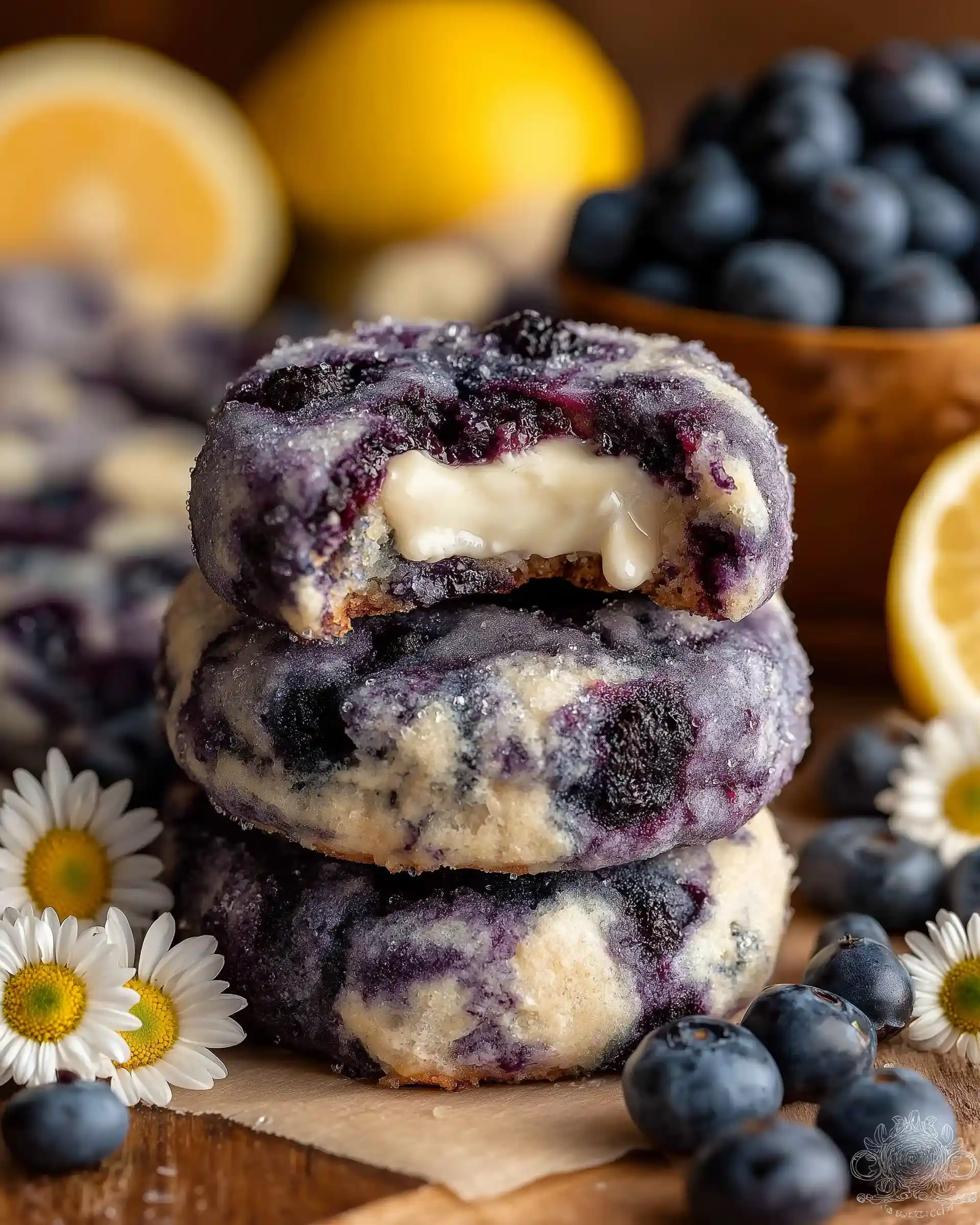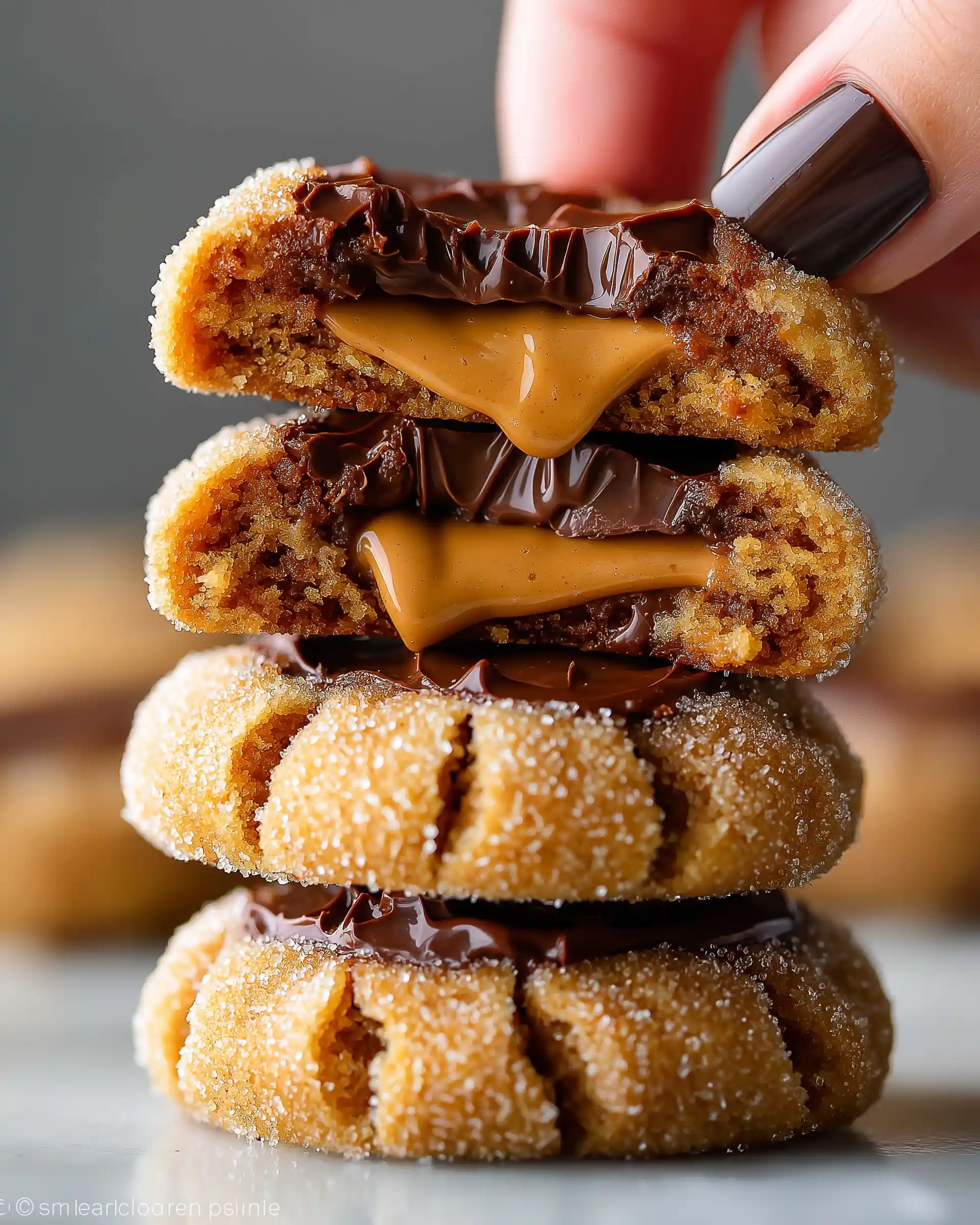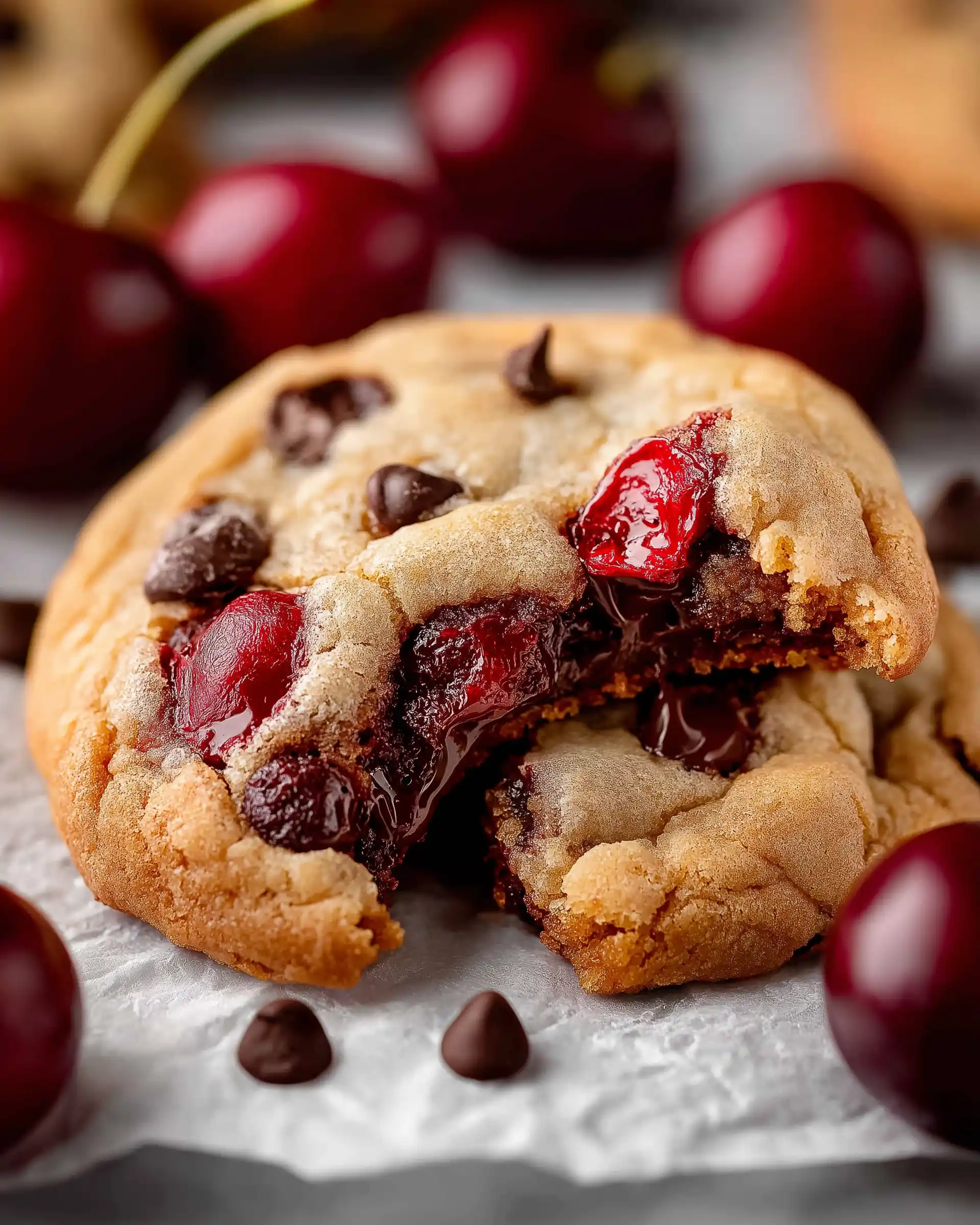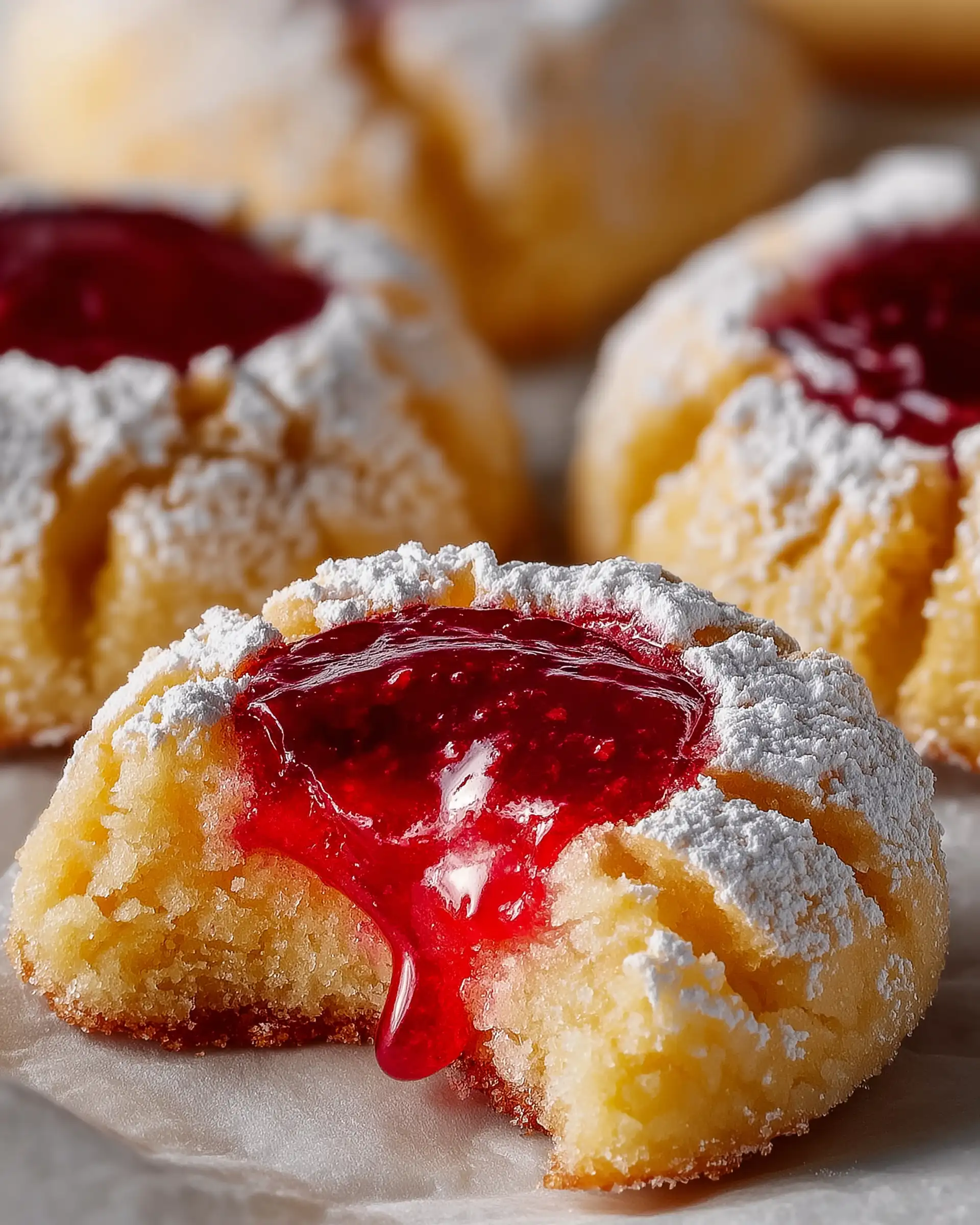There’s something magical about the texture of whipped shortbread cookies – soft, buttery, and so delicate they practically melt on your tongue. Whether you’re baking for a holiday party, a cookie swap, or just indulging your sweet tooth, this recipe is a go-to favorite for its simple ingredients and irresistibly rich flavor.
Unlike traditional shortbread, whipped shortbread is all about lightness. That heavenly melt-in-your-mouth texture? It comes from how you beat the butter and sugar – a process that transforms basic pantry staples into a bakery-quality cookie. With the right techniques and a few pro tips, anyone can master this treat at home.
In this article, you’ll learn how to make whipped shortbread cookies step-by-step, from mixing and shaping to baking and storing. We’ll also explore flavor upgrades, storage tips, and mistakes to avoid so your cookies come out perfect every time.
Contents
- 1 What Makes Whipped Shortbread Cookies Unique
- 2 Essential Ingredients for Whipped Shortbread Cookies
- 3 Whipped Shortbread Cookies Recipe
- 4 How to Mix and Shape the Perfect Whipped Shortbread Cookies
- 5 Baking the Cookies to Soft, Buttery Perfection
- 6 Storage, Freezing, and Make-Ahead Tips for Whipped Shortbread Cookies
- 7 Flavor Variations and Topping Ideas to Elevate Your Whipped Shortbread Cookies
- 8 Conclusion: Mastering the Whipped Shortbread Cookies Recipe
What Makes Whipped Shortbread Cookies Unique
The Key to That Melt-in-Your-Mouth Texture
What really sets whipped shortbread apart from the classic version is the texture. These cookies are airy, crumbly, and oh-so-light, thanks to a technique that whips butter and sugar until it’s fluffy and full of tiny air pockets. This extra air is the secret behind their delicate structure.
You’re not just combining butter and sugar, you’re aerating the mixture – that’s why a full 4 to 5 minutes of whipping is essential. Use a stand mixer on medium-high or a hand mixer on high. The longer you whip, the better your cookies will turn out. Don’t rush this part, even if it seems long. That pillowy cookie texture depends on it.
Cornstarch: The Secret Ingredient for Tender Crumb
Cornstarch plays a quiet but powerful role in this cookie recipe. While flour gives structure, cornstarch tenderizes the dough, making it less chewy and more crumbly. It also helps prevent spreading during baking, giving you beautifully shaped cookies every time.
A good whipped shortbread cookie isn’t overly sweet, which makes it a great canvas for different flavorings or toppings. Whether you choose vanilla, citrus extract, or a hint of almond, these light cookies let those subtle flavors shine without overpowering them.
Simple Ingredients, Big Results
The recipe uses just five core ingredients: butter, confectioners’ sugar, flour, cornstarch, and optional flavoring or sprinkles. You don’t need any eggs or baking powder. That simplicity makes them quick to prepare and easy to customize.
And despite being egg-free, they still have a rich, tender mouthfeel — something that surprises many first-time bakers. It all comes down to balance and method, which you’ll learn in the next sections.
Why This Recipe Works Every Time
This whipped shortbread cookie recipe is beginner-friendly but gives professional results. The dough is forgiving, the ingredients are familiar, and with the right chill time, the cookies hold their shape and texture beautifully.
With just a bit of patience and care, you can master these cookies and make them your signature treat. Whether you go classic or jazz them up with toppings, they’ll always deliver that crave-worthy crunch and buttery flavor.
Essential Ingredients for Whipped Shortbread Cookies
Core Ingredients You Need for This Recipe
At the heart of every great whipped shortbread cookies recipe are just a few humble ingredients. Each plays a distinct role in giving the cookies their signature lightness, structure, and subtle sweetness. Here’s what you need and why it matters:
- Butter (1 ½ cups, salted, room temperature):
Butter is the star of this recipe. It brings flavor, fat, and that melt-in-your-mouth texture. Room temperature is key — too cold, and it won’t whip properly; too warm, and it can make your dough greasy and sticky. Salted butter adds depth, but if you only have unsalted, just add a pinch of salt to the mix. - Confectioners’ Sugar (¾ cup):
Also called powdered sugar, this fine sugar dissolves easily into the butter, helping the cookies stay smooth and soft. Unlike granulated sugar, it doesn’t add grit or chewiness. It also adds a light sweetness without overpowering the flavor. - All-Purpose Flour (2 ¼ cups):
This is the base of the cookie, giving it structure and substance. Use sifted flour to keep the dough light and easy to mix. Do not pack the flour into your measuring cup — spoon and level it for accurate results. - Cornstarch (¾ cup):
This ingredient is the real MVP of texture. It softens the flour and contributes to the cookies’ tender crumb. It also prevents spreading, helping the cookies keep their form while baking.
These four ingredients are your foundation. On their own, they make a perfectly buttery, soft, and subtly sweet cookie. But if you want to enhance them…
Optional Flavorings and Add-Ins
Whipped shortbread cookies are versatile. Their mild flavor makes them a perfect blank canvas for creativity. Here are a few tasty ways to personalize your batch:
- Vanilla Extract (2 teaspoons):
The most popular choice for a classic flavor boost. Use pure vanilla extract for the best result. - Citrus Extracts (Lemon or Orange):
Brighten things up with a refreshing twist. Just 1 to 2 teaspoons can add a zesty note that pairs well with the buttery base. - Almond Extract (½ teaspoon):
Strong and fragrant, almond extract adds a unique and nostalgic bakery scent. A small amount goes a long way. - Sprinkles (¼ cup):
A favorite for holidays, parties, or just adding a splash of color. Nonpareils are perfect since they hold up during baking and add crunch. - Jam or Preserves (for filled cookies):
Make a dent in the center of each dough ball and fill it with raspberry, apricot, or strawberry jam before baking. This gives you a thumbprint-style cookie with a fruity core. - Candy Toppers (like chocolate kisses):
Freeze candy first so they don’t melt when placed on warm cookies. Press gently into the center just after baking. - Chopped Nuts or Chocolate Drizzle:
For a gourmet feel, drizzle with melted chocolate or sprinkle with chopped nuts once the cookies cool.
These extras aren’t required, but they can elevate your batch from simple to showstopping. Whether you want classic vanilla, a citrus twist, or colorful toppings, this recipe lets you make it your own.
Print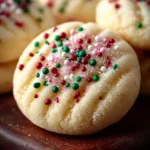
Whipped Shortbread Cookies Recipe
- Total Time: 30 minutes
- Yield: 36 Cookies
Description
Melt-in-your-mouth whipped shortbread cookies with a light, buttery texture. Perfect for holidays, gifting, or anytime treats.
Ingredients
1 and ½ Cups Butter at Room Temperature, salted
¾ Cup Confectioners’ Sugar
2 and ¼ Cups All-Purpose Flour
¾ Cup Cornstarch
2 teaspoons Pure Vanilla Extract (or Lemon or Orange Extract)
¼ Cup Sprinkles (optional)
Instructions
1. In a large bowl, beat room-temperature butter and confectioners’ sugar for 4–5 minutes until fluffy.
2. Add vanilla or extract of choice and beat briefly to combine.
3. On low speed, gradually add sifted flour and cornstarch. Mix until no flour streaks remain.
4. Scoop dough into 36 equal balls. If dough is sticky, chill for 10–15 minutes to firm up.
5. Place dough balls on parchment-lined tray. Flatten gently with a fork dipped in cornstarch or flour. Top with sprinkles if desired.
6. Chill shaped dough for 2 hours or until very firm.
7. Preheat oven to 300°F. Bake cookies for 19–20 minutes, or until tops are set.
8. Cool cookies on the baking tray for 10 minutes before transferring to a wire rack.
Notes
Store cookies in an airtight container at room temperature for up to 1 week.
Refrigerate for longer storage, up to 2 weeks. Bring to room temperature before serving.
Freeze baked or unbaked cookies for up to 2 months. Bake frozen dough with an extra minute added.
Flavor tips: Add almond extract and top with cherry halves, or fill center with jam before baking.
Press a frozen chocolate candy kiss into warm cookies after baking for variation.
- Prep Time: 10 minutes
- Cook Time: 20 minutes
- Category: Cookies
- Method: Baking
- Cuisine: American
How to Mix and Shape the Perfect Whipped Shortbread Cookies
The Importance of Creaming Butter and Sugar Thoroughly
The foundation of a great whipped shortbread cookies recipe is all in the mixing – specifically, how well you cream the butter and sugar. This is not the time to cut corners.
Start with room temperature butter, which should be soft but not melting. Add the confectioners’ sugar and beat on medium-high speed for 4 to 5 minutes if you’re using a stand mixer. With a hand mixer, go on high speed. This step incorporates air into the mixture, creating the light, airy structure shortbread is famous for.
The mixture should become pale, fluffy, and slightly glossy. If it looks dense or greasy, it hasn’t been beaten long enough. Under-whipped butter will lead to heavy, overly dense cookies that lack that delicate crumb.
At this stage, you can also add any flavorings like vanilla or citrus extract. Mix them in for another 30 seconds to ensure even distribution.
Adding the Dry Ingredients the Right Way
Once the butter and sugar are fully whipped, it’s time to add your dry ingredients: the sifted all-purpose flour and cornstarch.
Switch your mixer to low speed to avoid a flour cloud. Gradually add the flour and cornstarch in batches, not all at once. This helps prevent overmixing and keeps the dough from becoming too dense.
Only mix until no streaks of flour remain. The dough should be soft but not sticky or wet. It will hold together when pressed, but it shouldn’t feel greasy.
Overmixing at this stage can develop the gluten in the flour, making the cookies chewy instead of tender. Mix just until combined and no more.
Rolling the Dough Balls Like a Pro
Scoop out the dough using a small cookie scoop or tablespoon. Roll into 36 equal-sized balls, about 1 inch each. Consistent size ensures even baking, so take your time.
If the dough feels too soft or sticky to roll, cover and chill for 10 to 15 minutes. This short chill makes the dough easier to work with and prevents it from sticking to your hands.
Once rolled, place each dough ball on a parchment-lined baking tray or even on a flour-dusted plate if you’re prepping in batches. These cookies don’t spread much, but still give each one a bit of space.
Shaping and Decorating Before Baking
For that classic whipped shortbread look, press the tops of the dough balls gently with a fork that’s been dipped in flour or cornstarch. This keeps it from sticking and adds a charming bakery-style pattern.
Now’s the time to add sprinkles, coarse sugar, or even press a small dent into the top if you plan to add jam or a candy topping later.
After shaping, the dough needs a long chill. Refrigerate the cookie tray for at least 2 hours, or until the dough balls feel very firm. For quicker results, you can freeze them until firm – just be sure they’re not sticking to the tray.
This chilling step is essential. It stops the cookies from spreading too much and helps them bake into a perfect round shape with a soft, crumbly texture.
Baking the Cookies to Soft, Buttery Perfection
How to Bake Whipped Shortbread Cookies Without Losing Texture
Once your dough balls are chilled and firm, it’s time to bake. This step is just as important as the mixing — a few degrees or minutes off can affect the texture and flavor.
Preheat your oven to 300°F. This lower temperature is crucial for whipped shortbread. Unlike drop cookies that thrive at higher heat, whipped shortbread needs slow and gentle baking to maintain its delicate, crumbly texture. Baking too hot or too fast can cause the cookies to brown too much or lose their softness.
Bake 12 cookies at a time, giving them enough space on the tray and even heat distribution. Bake for 19 to 20 minutes, or until the tops look set and the bottoms are just starting to turn light golden. They won’t brown much, and that’s okay — you want them pale and tender, not toasted.
Avoid opening the oven door too often. It can disrupt the low, steady heat and cause uneven baking. Stick with one tray at a time for the best results.
Post-Bake Cooling Tips for Best Results
Once out of the oven, let the cookies cool directly on the baking tray for at least 10 minutes. This allows them to finish setting up. Whipped shortbread is fragile while warm and can crumble easily if moved too soon.
After the initial cooling, use a spatula to transfer the cookies to a wire rack to finish cooling completely. At this point, the cookies should be soft but firm enough to hold their shape and delicate enough to melt with every bite.
Do not stack or store them until fully cooled. Warm cookies can stick together and lose their shape, and condensation in a container can ruin their texture.
How to Tell When They’re Done (Without Overbaking)
The biggest mistake people make with shortbread is overbaking. Look for these signs instead of relying solely on time:
- The tops will appear dry and matte, no longer shiny or dough-like.
- The bottoms may show a slight golden hue, but they should remain pale on top.
- The edges will look set but not browned.
If your cookies are golden brown all over, they’ve likely gone too far and will be crisp instead of tender. While still tasty, they lose that melt-in-your-mouth charm that defines whipped shortbread.
Baked right, they’ll be crumbly, buttery, and irresistibly light — the kind of cookie that disappears as soon as you take a bite.
Storage, Freezing, and Make-Ahead Tips for Whipped Shortbread Cookies
How to Store Your Cookies for Maximum Freshness
Whipped shortbread cookies are delicate, but with the right storage methods, they stay fresh, soft, and flavorful for days. Here’s how to keep them in top condition:
- Room Temperature:
Store cooled cookies in an airtight container at room temperature for up to 7 days. Use parchment paper between layers if stacking to prevent sticking or crumbling. - Refrigeration:
If you want to extend their shelf life, place the cookies in a sealed container in the refrigerator. They’ll stay fresh for another 7 days. Let them come to room temperature before serving so the texture stays soft and buttery.
Keep them away from humidity or strong odors, which can alter their texture and taste. Don’t store with soft or moist cookies — whipped shortbread absorbs moisture easily, which can ruin their crisp edges.
Freezing Instructions for Baked and Unbaked Cookies
Freezing is an excellent way to make these cookies ahead of time, especially for holiday baking or large batches. You can freeze both baked cookies and unbaked dough balls, depending on your schedule.
To Freeze Unbaked Dough Balls:
- Place shaped and fork-pressed cookie balls on a baking tray.
- Freeze for about 1 to 2 hours, or until firm.
- Transfer to a zip-top freezer bag or airtight container.
- Label and date the bag. Store for up to 2 months.
Baking from frozen:
No need to thaw. Just place frozen dough balls on a lined baking sheet and bake as instructed. Add 1 additional minute to the baking time.
To Freeze Baked Cookies:
- Let cookies cool completely.
- Place in a single layer on a baking sheet and freeze.
- Once frozen, transfer to an airtight container with parchment between layers.
- Freeze for up to 2 months.
Thawing baked cookies:
Remove from the freezer and let them thaw on the counter in their container to avoid condensation. They’ll taste just as fresh as the day you baked them.
Make-Ahead Planning for Events and Holidays
Whipped shortbread is ideal for early prep — you can make and freeze the dough balls ahead, bake a few days before your event, or even finish a full batch and freeze the cookies until the day you need them.
For gifting, consider baking them a day or two in advance, storing in a tin with parchment between layers. Add a sachet of food-safe silica to maintain crispness if needed.
With proper planning, you can enjoy fresh, buttery cookies on demand — without rushing around at the last minute.
Flavor Variations and Topping Ideas to Elevate Your Whipped Shortbread Cookies
Adding Flavor Extracts for a Unique Twist
One of the best things about a whipped shortbread cookies recipe is its flexibility. The basic dough has a clean, buttery flavor that pairs beautifully with a wide range of extracts and mix-ins. Here’s how you can personalize your cookies without altering the recipe’s integrity:
- Vanilla Extract (2 tsp):
This classic brings warm, mellow flavor and pairs well with any topping. It’s a crowd favorite and a safe option if you’re unsure. - Almond Extract (½ tsp):
Strong and fragrant, almond extract gives the cookies a classic bakery scent and a nutty flavor. It works exceptionally well with cherry toppings or jam centers. - Lemon or Orange Extract (1–2 tsp):
These citrus flavors brighten up the cookies and make them feel fresh. Great for spring or summer batches, and ideal when paired with a light sugar glaze or lemon zest.
Creative Toppings That Make an Impression
Shortbread is beautiful in its simplicity, but that doesn’t mean you can’t dress it up. Try these easy toppings and enhancements to make your cookies holiday-ready or perfect for special occasions:
- Sprinkles (¼ cup):
Add color and crunch. Nonpareils are best since they don’t melt or bleed color during baking. Press lightly into the dough after shaping. - Candy Kisses:
After baking, while cookies are still slightly warm, press a frozen chocolate kiss into the center. Freezing the candy beforehand prevents melting. You can also use seasonal versions like candy cane-flavored kisses for a festive touch. - Jam Centers:
Before baking, make a small dent in the center of each dough ball and fill with ½ teaspoon of jam or preserves. Raspberry, apricot, or strawberry jam works great. This creates a thumbprint cookie effect with a gooey, sweet center. - Drizzled Chocolate:
Let cookies cool, then drizzle with melted white, dark, or milk chocolate. You can also dip half of each cookie in chocolate for a bold look. - Chopped Nuts:
Roll the edges of each dough ball in finely chopped almonds or pecans before baking for extra crunch and a rustic finish. - Candied Fruit or Cherry Halves:
Place a half cherry or small piece of candied fruit in the center before baking. This not only adds flavor but gives the cookie a beautiful, bakery-style presentation.
Flavor and Texture Amplification Tips
Want a more complex flavor profile or a gourmet feel? Try these enhancements:
- Use browned butter:
Brown your butter and chill it back to solid before beating. It adds a deep, nutty flavor without changing texture. - Add citrus zest:
Mix in lemon, orange, or lime zest along with your extract for a burst of fresh, natural flavor. - Roll in vanilla sugar:
After shaping, lightly roll dough balls in vanilla sugar before pressing. This gives an aromatic, subtly sweet finish. - Infuse with spices:
A pinch of cinnamon, nutmeg, or cardamom can warm up the flavor for fall or winter batches.
Whether you keep them traditional or add a personal twist, these cookies are a perfect blank canvas for creativity – without complicating the baking process.
Conclusion: Mastering the Whipped Shortbread Cookies Recipe
Light, buttery, and irresistibly delicate, whipped shortbread cookies are the kind of timeless treat that never goes out of style. They may look fancy, but their charm lies in simplicity – just a few pantry ingredients and the right technique transform into melt-in-your-mouth perfection.
To recap, the key to success starts with thoroughly creaming the butter and sugar, which creates the tender structure that defines this cookie. Combine that with cornstarch for a soft crumb, and you have the foundation for flawless results. Rolling and chilling the dough properly ensures clean shapes and perfect texture, while baking low and slow keeps the cookies light and tender.
Once you’ve nailed the basics, the possibilities open up. Add a touch of vanilla or almond extract, top with jam or sprinkles, or get creative with chocolate drizzles and candy. And with tips for storing and freezing, you can prepare ahead for holidays, events, or cozy nights in.
These cookies are more than just a dessert – they’re a baking experience that invites creativity, encourages confidence, and guarantees smiles with every bite. Whether you go classic or customized, they’ll become a go-to in your recipe box.
Now it’s your turn. Grab that butter, start mixing, and enjoy the magic of freshly baked whipped shortbread cookies.

